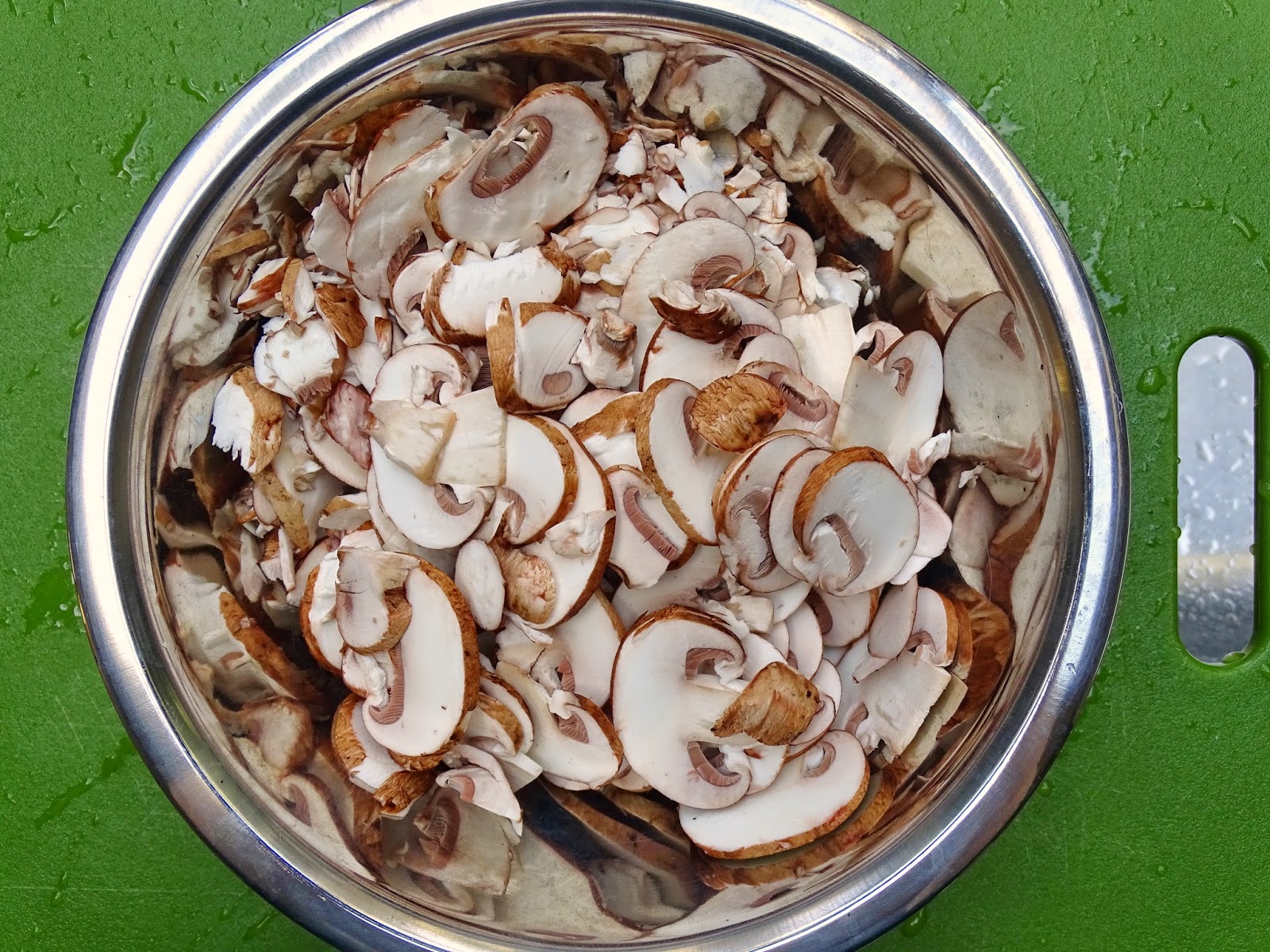When you’re having a formal dinner party – or at least one that you want to structure as formal, even if the guests are wearing jeans – there are lots of choices as to what you feed your guests at the outset. Even the terms can be confusing: appetizer, hors d’oeuvre, or amuse-bouche? The Kitchen Goddess is here to the rescue.
Usually, the difference is in when and how much you serve. An hors d’oeuvre – which translates “apart from the main work” – is a food item you serve before the main meal. It’s supposed to be small, even bite-sized, and can be plated or passed. Normally, it shouldn’t require a fork or spoon to eat. An amuse-bouche (which means “mouth amuser,” although the Kitchen Goddess thinks it’s really bad manners to laugh with your mouth full) is a single, bite-sized hors d’oeuvre, not passed, and usually presented at the table to show off the skills (“Sacré bleu!”) or imagination (“Quelle surprise!”) of the chef. An appetizer is a plated course you serve before the entrée – a bit of food that’s designed to stimulate the appetite. So it shouldn’t be heavy or overly rich.
Soups make a great appetizer, and can even be served (i.e., passed) hors d’oeuvre-style if you have a way to offer small servings. One that I’m particularly fond of is a set of 2½-ounce parfait glasses from Libbey. They’re available at several places on the web (J.C. Penney and Bed Bath & Beyond, for example), and for soups that are a bit thick, I serve them with a straw.
 |
| One-of-Each Soup |
 |
| Chestnut Ginger Soup |
Both soups are purées, so you can serve them as passed hors d’oeuvres or on a plate as a first/appetizer course. Both are unusual flavors: the One-of-Each Soup has a mild, fruity, curry flavor; the Chestnut Ginger Soup is a really mellow combination of nutty and (duh) ginger. Both can be served warm or cold, though I have a slight preference for serving the Chestnut-Ginger Soup warm. Both soups are a host/hostess’s delight, guaranteeing a flurry of “Oooh, what is this?” and “Wow – this is great. What’s in it?” You can smile knowingly and say, “It’s a secret.” Or you can tell them. It’s good either way.
One-of-Each Soup
(adapted from Gourmet magazine, December 2001)Serves 8 as a first course, or 4-6 as a main course.
1 large boiling potato (½ pound), peeled and coarsely chopped
1 medium onion, coarsely chopped
1 celery heart (stalks with leaves), coarsely chopped (½ cup)
1 large apple (preferably Granny Smith), peeled and coarsely chopped
1 firm-ripe banana, coarsely chopped
1 pint chicken broth
1 cup heavy cream (can use light cream if you prefer)
1 tablespoon unsalted butter
1 rounded teaspoon curry powder
1 teaspoon salt
Chopped fresh chives for garnish
Simmer vegetables and fruits in broth in a 3-quart heavy saucepan, covered, until very tender, about 15 minutes. Stir in cream, butter, curry powder, and salt and heat just until hot (do not boil!).
Purée the soup in a blender until smooth (be careful when blending hot liquids). The soup will be thick; if you prefer a thinner soup, add a small amount of water. Serve sprinkled with chives.
Kitchen Goddess note: You can make this soup ahead and reheat to serve, but do not let it boil, as that will cause the milk fats to separate. It has a tendency to thicken in the refrigerator; if so, just add water or chicken broth to reach a consistency you like. It’s equally delightful hot or cold.
Chestnut Ginger Soup
Adapted from the CIA Book of SoupsMakes 4-6 servings as appetizer, 16 as hors d’oeuvre.
1 tablespoon unsalted butter
½ cup celery, diced
⅓ cup carrot, diced
1¼ cups leek (white and light green parts), chopped
¾ cup onion, diced
1 quart good quality chicken broth
10 ounces chestnuts (roasted, peeled), roughly chopped
2 rounded tablespoons grated fresh ginger root
2 tablespoons freshly squeezed orange juice
¾ cup heavy cream, heated
½ teaspoon salt
¼ teaspoon white pepper, ground
additional salt & pepper, to taste
Garnish: Mix equal parts whipped cream with sour cream and grated fresh ginger to taste.
Heat the butter in a soup pot over medium heat. (I use a 5.5-quart Le Creuset Dutch oven.) Add the celery, carrot, leek, and onion, and sauté, stirring occasionally, until the onion turns a light golden, 12-15 minutes.
Stir in the broth, the chopped chestnuts, and the ginger. Raise the heat until the soup begins to simmer, then monitor the heat to maintain a simmer, stirring occasionally for 35-40 minutes, until the ingredients are soft.
Purée the soup in batches, being careful not to overload the blender, as hot liquids can be dangerous. Return the soup to the heat, add the orange juice, and simmer 2 minutes.
Add the heated cream, salt and pepper, and adjust seasoning (including more orange juice, if you like) to taste. Top each serving with a dollop of the whipped cream/sour cream/ginger mix.
And have a joyful New Year’s Eve, everyone!





















































